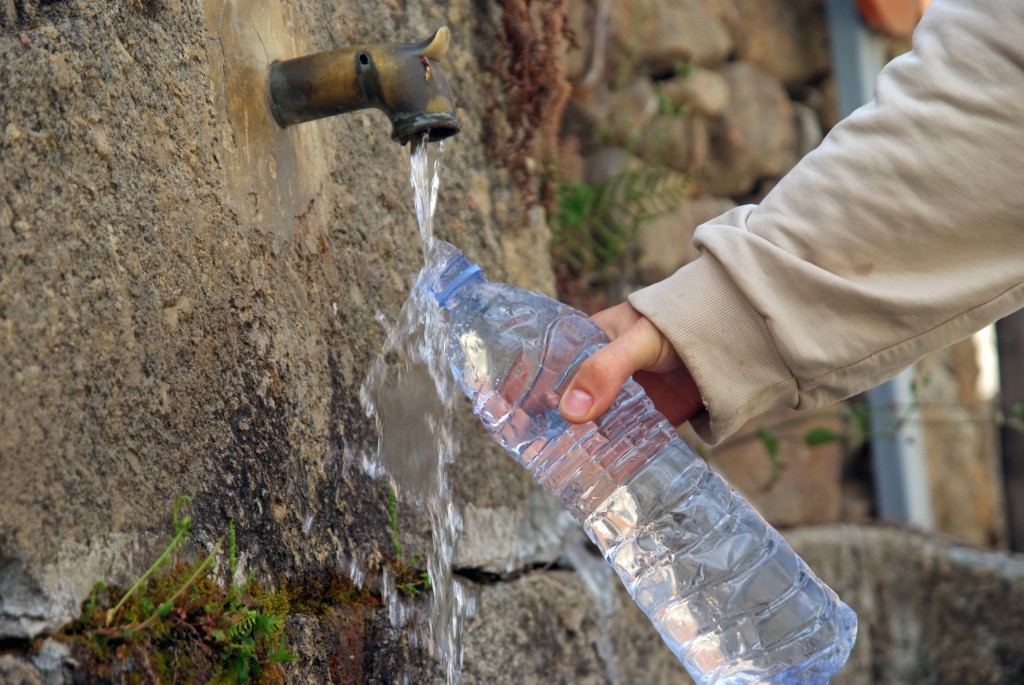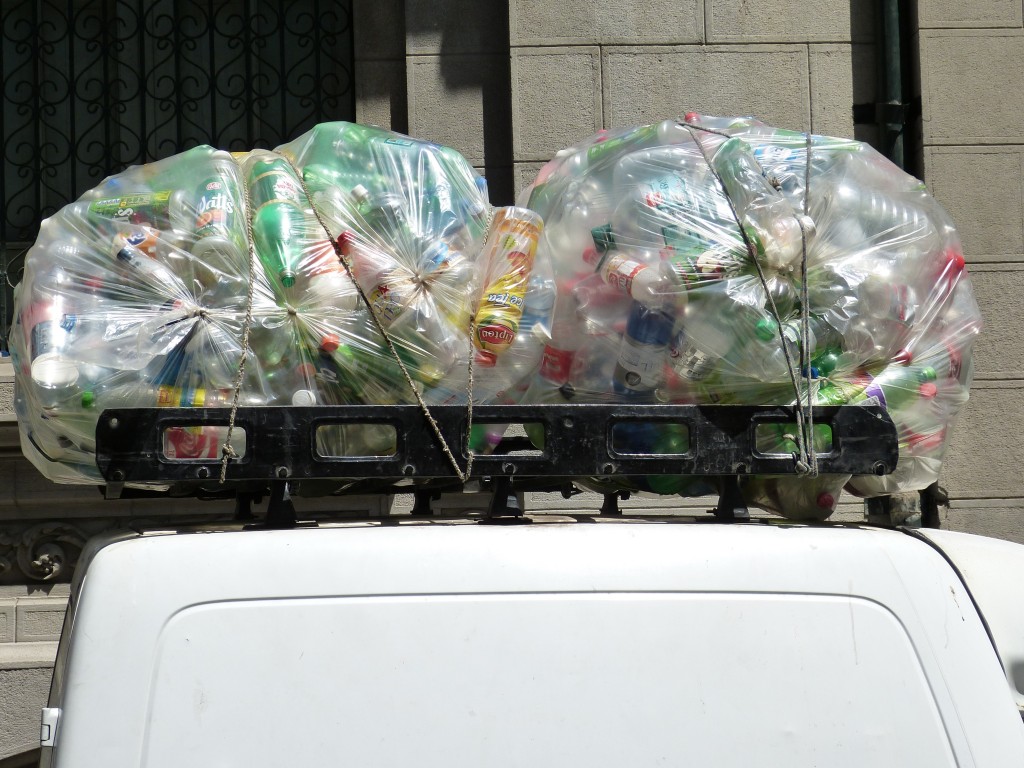“Ultimately each of us as individuals must make the decision about what we drink and what we buy. That is the only way to effectively tackle the bottled water problem.”
Some of us have probably thought twice before throwing away a perfectly clean, and potentially reusable, plastic bottle. And rightly so. According to information gathered by the Ban the Bottle campaign, bottled water is costing our environment more than you might imagine.
Meeting the demand for bottled water in the United States uses more than 17 million barrels of oil annually, enough to fuel 1.3 million cars for one year.
Energy wasted using bottled water is enough to power 190,000 homes.
In one year the average American used 167 disposable water bottles and only recycled 38.
In order to understand more about bottled water and what it does to us and our planet, IPF spoke to Peter Gleick, author of ‘Bottled and Sold: The Story Behind Our Obsession with Bottled Water’. Peter explained the various components that factor into the now highly commercialised product of one of the world’s most important natural resources. During our discussion, the bottled water expert stressed that people – particularly young people – have an important role to play in the fight against plastic bottles.
Myths of tap water: Health, taste and quality
One of the first points Peter raised was that while bottle water is safe to drink, people should not assume that it is any safer than tap water in most Western countries. Here, where there is a modern water system, tap water is thousands of times cheaper than bottled water, which means that buying bottled water means we are spending much more without actually getting any improvement in water safety.
“People simply assume that something packaged in a pretty package must be better than something that is almost completely free from the tap. But bottled water companies have spent billions of dollars in advertising to try and convince us that their costly product is better than tap water – that also convinces consumers to buy bottled water.”
Peter emphasised the dangers of advertising in this scenario and said that it was being used as a tool to “get us to buy things we don’t need or believe things that aren’t necessarily true”. He firmly believes that advertising bottled water only serves as a way to dismiss tap water as a less healthy alternative, which isn’t always the case. He also thinks that advertising has contributed to people believing that tap water doesn’t taste as refreshing as bottled water.
“It is a myth that bottled water tastes better than tap water, though that might be true in some places. I also think some bottled waters taste terrible. The truth is, we like the taste of the water we are used to. In many blind taste tests people almost never can tell what is tap water or what is bottled water.”

Peter: Advertising bottled water only serves as a way to dismiss tap water as a less healthy alternative. [Image credit: Pixabay]
Sources of bottled water
In his book, Peter illustrates examples of bottled water that claim to be selling “Arctic Clear” water, but in actual fact the water is coming from Tennessee. He shows how Everest Water comes from Texas and Glacier Mountain Natural Spring Water comes from New Jersey.
“There are few legal requirements that make bottled water companies tell us the actual source of water and the branding, i.e. the fancy names used, often trick customers. These labels are misleading.”
Lack of recycling
As pointed out above, a lot of plastic bottles that could be recycled are not. Peter points to the bottled water companies and urges them to take more concrete action to ensure that effective recycling methods are put into place.
“Unless bottled water companies are required to reuse plastics, there is little incentive to recycle. It is cheaper to use raw materials than to recycle, leading to a big increase in plastic wastes.”
Impact on the environment
Peter noted that the production and use of bottled water uses large amounts of energy to run the bottling plants, as well as to transport the bottled water. This inevitably has devastating environmental costs. Furthermore, he pointed out that the large amounts of plastic produced for bottled water pollute the environment when it ends up in our garbage instead of being recycled or reused.
There are also additional environmental costs associated with taking water from the ground, river or streams. Peter stresses that the global community needs to begin gaining an awareness of how we use water as consumers and how our water agencies are caring for and managing our water sources, as well as how plastics are “used and abused”.
“Cutting bottled water use will cut plastic pollution, cut energy use, and reduce the emissions of greenhouse gases that are changing our climate. Thinking about all of our problems as related gives us the opportunity to solve more than one environmental problem at a time.”

Since it is cheaper to use raw materials than to recycle, we are left with a big increase in plastic waste. [Image credit: Pixabay]
Management of groundwater
Peter speaks about the dangers of “overpumping” groundwater, which happens when we fail to manage groundwater carefully to ensure that the amount of water we take is balanced by the amount that nature recharges. When this happens, Peter explains, groundwater levels fall and the cost of pumping rises.
“We must use water much more carefully and efficiently. Environmental damages result [from overpumping] and all of this is unsustainable. Managing groundwater more carefully can help solve this, but ultimately, we have to be much more careful with the water that we use.”
The role of young people
“The first step is to educate ourselves about the facts and alternatives and then choose how each of us can best be engaged. If we want the world to change, we must understand it will only change if we act.”
Peter said that there has been a “growing interest” in the bad consequences of bottled water over the last few years, with more movements and campaigns addressing the issue. He said that students at universities had begun asking for water fountains and restrictions on the sale of bottled water, while some cities are trying to impose the same limits or are taxing bottled water to raise revenue, which is then used to deal with additional garbage.
“Students have an important role to play in terms of the choices you make at the store, the behaviours you model for others, the ability to influence and educate your schools and families about their choices, the efforts you make to expand access to water fountains or to improve recycling programs, and the pressures we can put on the politicians and policy makers that represent us.”
Peter is the president of the Pacific Institute in Oakland, a non-profit research and policy group that advances solutions to the world’s most pressing water challenges. He is also a member of the United States National Academy of Sciences, a NGO consisting of the country’s leading researchers on issues affecting the country.

